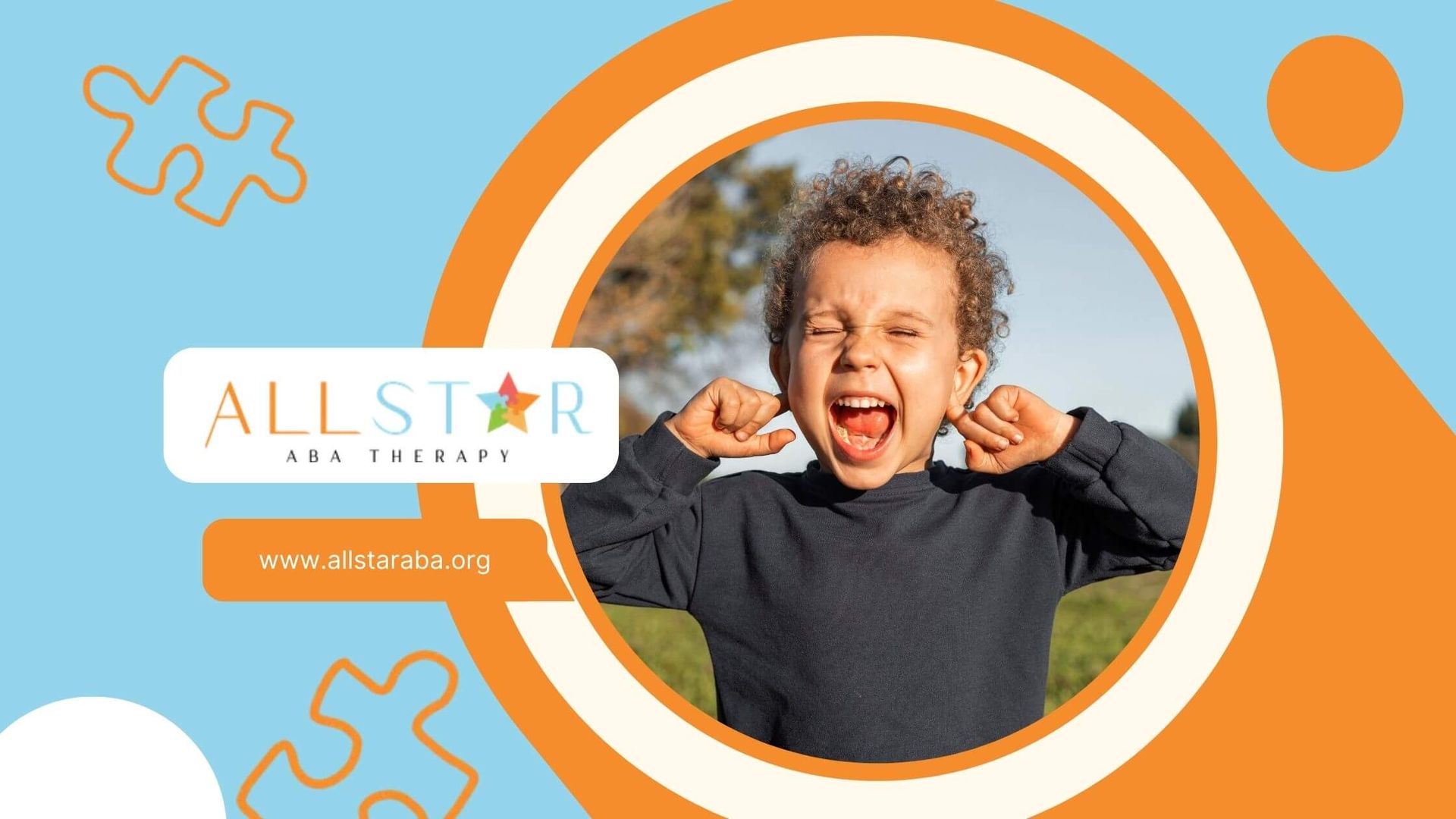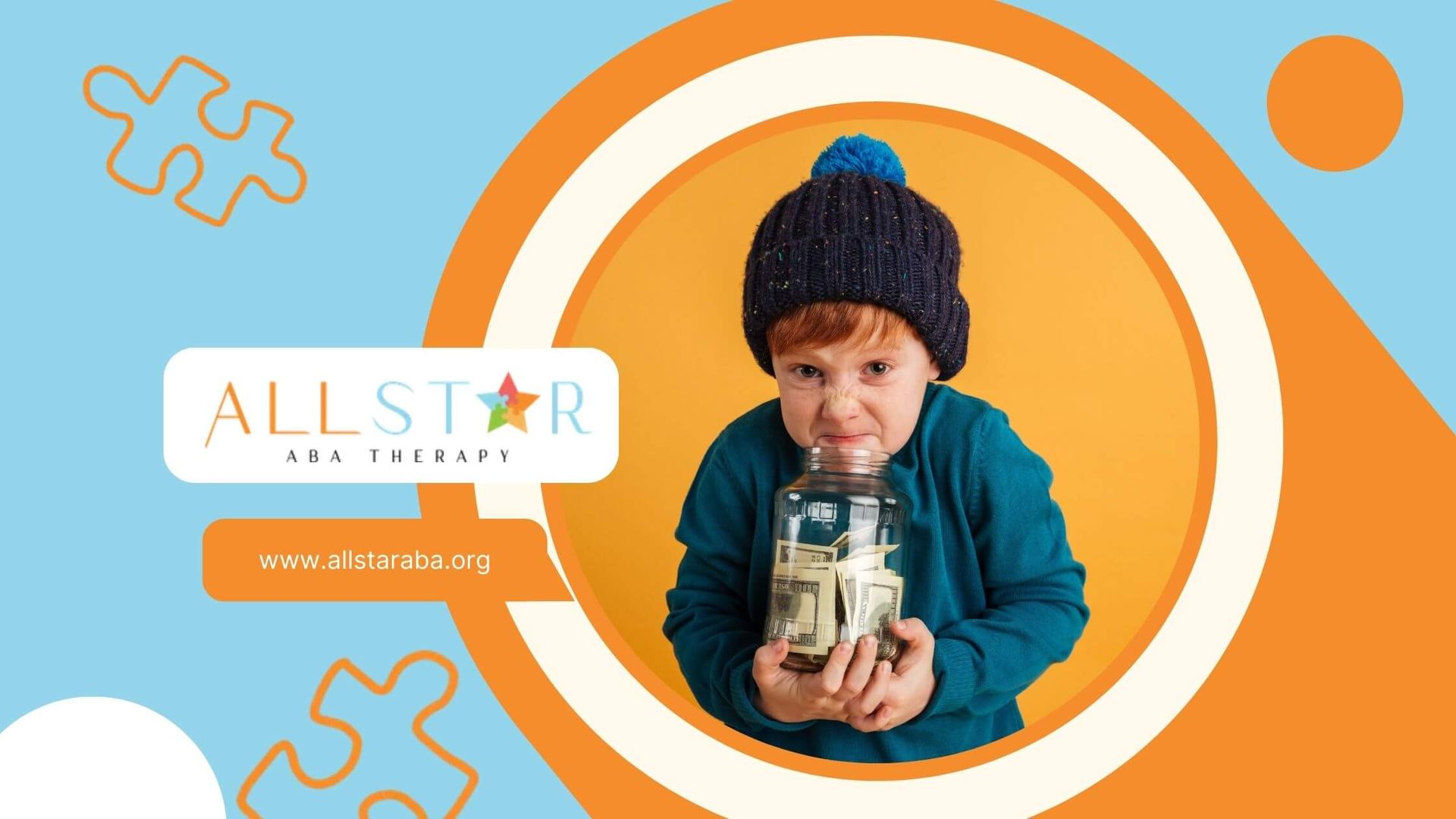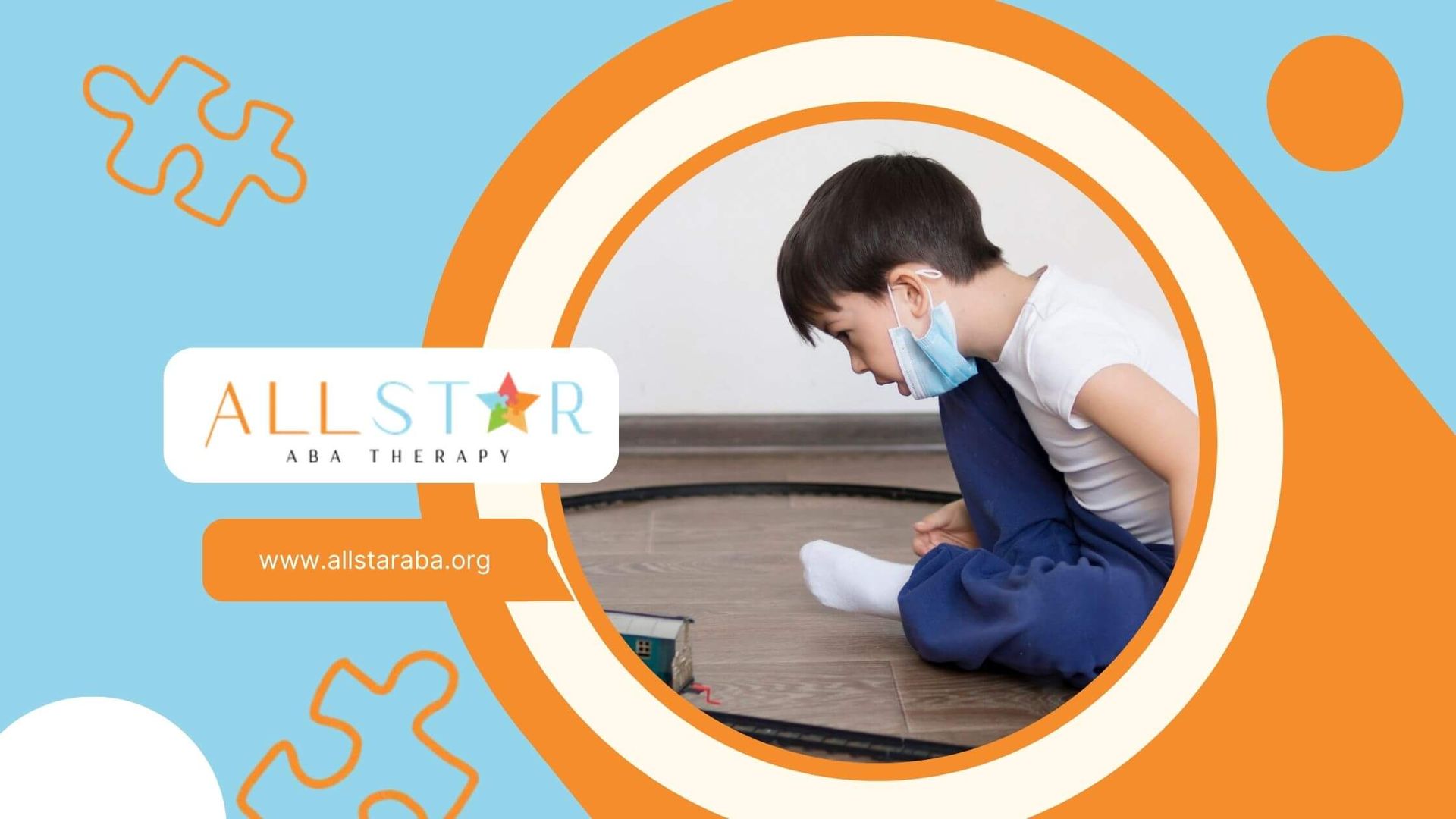New Paragraph
How Autism Service Dogs Can Support Children with Autism
When we think about support for children with autism, the first things that typically come to mind are therapies like Applied Behavior Analysis (ABA) or speech therapy. However, there's another form of support that is gaining recognition: autism service dogs. These highly trained animals can offer comfort, safety, and emotional support, playing a significant role in helping children with autism navigate the world.
In this article, we’ll explore how autism service dogs can enhance the lives of children with autism, the benefits they provide, and what you should know if you are considering one for your child.
What Are Autism Service Dogs?
Autism service dogs are specially trained to assist children (and adults) with autism spectrum disorder (ASD). These dogs are more than just pets—they are highly skilled animals trained to perform specific tasks that help support their handlers' daily lives. Service dogs for autism can provide emotional support, reduce anxiety, help with communication, and even ensure the safety of their handlers.
Unlike therapy dogs or emotional support animals, service dogs are trained to perform specific tasks that mitigate the symptoms or challenges associated with autism. They are allowed to accompany their handlers in public spaces, including places where pets are typically not permitted.
How Autism Service Dogs Help Children with Autism
Autism service dogs can offer numerous benefits for children with autism. They help promote emotional regulation, safety, and social interaction. Here’s a breakdown of how these dogs can support your child:
1. Emotional Support and Stress Reduction
One of the most significant benefits of autism service dogs is their ability to provide emotional support. Children with autism may experience heightened anxiety, especially in social settings or new environments. The presence of a service dog can help calm these anxieties.
- Calming presence: The dog’s constant companionship offers comfort during moments of distress.
- Physical contact: Petting or cuddling with the dog can help release calming hormones like oxytocin.
- Behavioral anchor: The dog can be a focus of attention, which can help children regain emotional control in overwhelming situations.
2. Providing Sensory Regulation
Many children with autism have sensory processing difficulties, meaning they may be overly sensitive to stimuli like loud noises, bright lights, or crowded places. Autism service dogs can help manage these challenges by:
- Providing a sensory outlet: Children can focus on petting or interacting with the dog to distract themselves from overwhelming sensory input.
- Offering comfort during meltdowns: The dog’s steady presence can help the child feel more secure when they experience sensory overload or emotional outbursts.
3. Ensuring Safety
Children with autism may engage in behaviors that put them at risk, such as wandering away from caregivers, bolting from public places, or becoming disoriented in unfamiliar environments. Autism service dogs are trained to assist with safety in several ways:
- Leash and tether training: The dog can be tethered to the child, preventing them from running off or becoming lost.
- Tracking: Some service dogs are trained to track and find their handler in case they wander away, providing an added layer of security.
- Alerting to dangerous situations: The dog can be trained to alert parents or caregivers if a child is heading into a potentially dangerous situation (e.g., near a street or hot stove).
4. Supporting Communication
Children with autism often face communication challenges. Autism service dogs can play a crucial role in facilitating communication, both verbal and non-verbal. They help by:
- Encouraging social interaction: Children may feel more comfortable speaking or interacting with others when accompanied by a dog.
- Assisting with non-verbal cues: Service dogs can also be trained to respond to specific cues from the child, such as nudging them to help initiate a conversation or leading them to an activity.
5. Building Independence
Autism service dogs can help children gain a sense of independence by teaching responsibility, improving confidence, and supporting self-regulation. For example:
- Responsibility: Taking care of a dog, such as feeding, grooming, or walking, can help children learn important life skills.
- Confidence boost: Successfully handling the dog in public can improve the child’s self-esteem and social skills.
- Task completion: Service dogs can assist with completing tasks like opening doors, picking up dropped items, or retrieving objects, increasing the child’s independence.
The Training Process for Autism Service Dogs
Autism service dogs undergo rigorous training to ensure they can meet the specific needs of their handlers. Typically, these dogs are trained by professional organizations that specialize in service dog training. Here’s a breakdown of the typical training process:
1. Basic Obedience
Service dogs must first master basic obedience commands such as sit, stay, come, heel, and down. This ensures the dog can behave appropriately in public and follow instructions reliably.
2. Specialized Autism Tasks
Once the dog has mastered basic obedience, they begin learning specialized tasks for autism support. This can include:
- Tethering and walking on a leash
- Alerting to anxiety or meltdowns
- Providing deep pressure therapy (e.g., lying across the child’s lap or chest)
- Guiding the child to a specific location or activity
3. Public Access Training
Service dogs need to be able to perform their tasks in public settings. Public access training involves exposing the dog to various environments, such as crowded areas, stores, restaurants, and other public spaces, to ensure they remain calm and focused.
4. Bonding with the Child
In addition to formal training, service dogs also undergo bonding exercises with the child. This helps the dog build a connection with the child and learn their unique needs and behavior patterns.
5. Ongoing Training and Support
Even after a service dog is placed with a family, the training process is ongoing. Families will continue working with the dog to reinforce the tasks, and the dog’s performance is regularly evaluated to ensure they are meeting the child’s needs.
Choosing the Right Autism Service Dog
Not every dog is suitable for service dog work. Service dogs must have the right temperament, intelligence, and physical ability to perform tasks reliably. Some dogs may be better suited for autism service work than others, with breeds like Labrador Retrievers, Golden Retrievers, and Poodles being common choices due to their calm demeanor, intelligence, and trainability.
Key Factors to Consider:
- Temperament: The dog must be calm, friendly, and non-aggressive.
- Trainability: The dog should be able to learn commands and tasks quickly.
- Size and energy level: The dog should be manageable for the child and family, without being too large or overly energetic.
Benefits of Autism Service Dogs
Autism service dogs provide numerous advantages for children with autism and their families. Some of the key benefits include:
- Increased safety for children who may wander or engage in risky behaviors
- Emotional support that can help children cope with stress and anxiety
- Improved social interaction, as the dog may act as a social bridge to help children connect with others
- Enhanced independence through task completion and caregiving responsibilities
- Better quality of life for the child and family, as the dog helps reduce stress and promote well-being
Final Thoughts
Autism service dogs are invaluable companions that offer a wide range of benefits for children with autism. These trained animals help children feel more secure, confident, and independent while also providing emotional support during challenging moments. If you are considering a service dog for your child, be sure to work with a reputable organization to ensure you find the right match for your family’s needs.
While autism service dogs are a powerful support tool, they work best when combined with other therapies and interventions, such as ABA therapy. Integrating service dogs into a comprehensive plan for your child’s development can help them thrive in a variety of environments.
At All Star ABA, we understand the importance of providing well-rounded support for children with autism. Along with our specialized ABA therapy services, we can help families explore additional tools, including autism service dogs, to create a holistic approach to support and growth.
Frequently Asked Questions
How do I get an autism service dog?
To get an autism service dog, you need to contact an organization that specializes in training and placing service dogs. These organizations often have waiting lists, and the process can take several months to a year to complete.
Are autism service dogs covered by insurance?
Currently, many insurance plans do not cover the cost of autism service dogs. However, some families are able to receive financial assistance through grants or fundraising efforts to cover the expense.
What tasks can autism service dogs perform?
Autism service dogs can perform various tasks, including preventing wandering, providing emotional support, guiding the child during transitions, alerting to anxiety, and helping with communication or social interaction.
Sources:
- https://www.autismspeaks.org/assistance-dog-information
- https://autism.org/autism-and-anxiety/
- https://www.webmd.com/children/sensory-processing-disorder
- https://www.nidcd.nih.gov/health/autism-spectrum-disorder-communication-problems-children
- https://www.akc.org/expert-advice/dog-breeds/most-popular-service-dog-breeds/
Need Support?
We're Here to Help!
Our experienced team is ready to assist you. Reach out today to discuss how we can support your child's development and well-being.
Get started with expert ABA therapy today.








